Login
SubscribeFeatures

A Chronic Itch: Burrowing Beneath the Skin
Brian S. Kim, MD | Sep 8, 2023 | 9 min read
We have barely scratched the surface of itch science and what it indicates about our health.

What Can ChatGPT-like Language Models Tell Us About the Brain?
Natalia Mesa, PhD | Sep 8, 2023 | 8 min read
A renaissance in natural language modeling may help researchers explore how the brain extracts and organizes meaning.
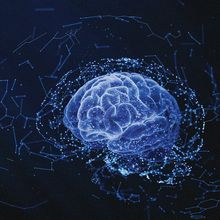
Defying Dogma: Decentralized Translation in Neurons
Danielle Gerhard, PhD | Sep 8, 2023 | 10+ min read
To understand how memories are formed and maintained, neuroscientists travel far beyond the cell body in search of answers.

How Bacterial Communities Divvy up Duties
Holly Barker, PhD | Jun 1, 2023 | 10+ min read
Biofilms are home to millions of microbes, but disrupting their interactions could produce more effective antibiotics.
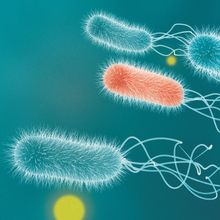
Cooperation and Cheating
Mariella Bodemeier Loayza Careaga, PhD | Jun 1, 2023 | 6 min read
Bacteria cooperate to benefit the collective, but cheaters can rig the system. How is the balance maintained?
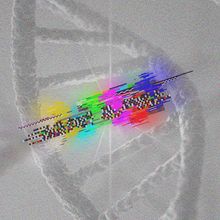
“Silent” Mutations Make Noise In Cancer
Katarina Zimmer | May 1, 2023 | 10+ min read
Synonymous mutations have long been ignored in cancer studies since they don’t affect the amino acid sequences of proteins. But research increasingly reveals that they can have disease-driving effects.
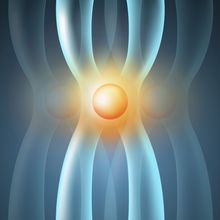
Probing “Selfish” Centromeres Unveils an Evolutionary Arms Race
Michael Lampson, PhD | Apr 3, 2023 | 10 min read
A more complete understanding of nonrandom segregation will shed light on how speciation occurs.
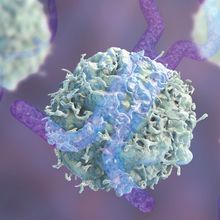
Long noncoding RNAs and Microproteins Can Spark Cancer—or Sometimes Squelch It
Rachael Moeller Gorman | Mar 1, 2023 | 10+ min read
Noncoding RNAs and microproteins, once considered genomic noise, are turning out to be critical to the progression of some types of cancer.
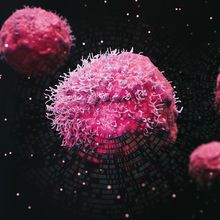
Jumping Genes’ Role in Cancer
Diana Kwon | Mar 1, 2023 | 8 min read
Transposons may be key players in how tumors develop and spread, but they also keep cancer at bay in some circumstances.

Geneticists Light Up Debate on Salmon Conservation
Christie Wilcox, PhD | Feb 1, 2023 | 10+ min read
Splitting Chinook salmon into two groups based on their DNA could aid conservation efforts. But some researchers argue that this would be a misuse of the data.

The Constellation of Creatures Inhabiting the Ocean Surface
Amanda Heidt | Jan 2, 2023 | 10+ min read
The myriad species floating atop the world’s seas, called neuston, are mysterious and understudied, complicating efforts to clean up plastic pollution.
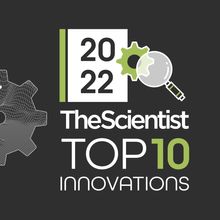
2022 Top 10 Innovations
The Scientist Staff | Dec 12, 2022 | 10+ min read
This year’s crop of winning products features many with a clinical focus and others that represent significant advances in sequencing, single-cell analysis, and more.
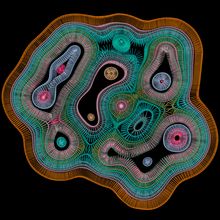
How Intracellular Bacteria Hijack Your Cells
Catherine Offord | Dec 1, 2022 | 10+ min read
Scientists studying pathogens such as Chlamydia, Legionella, and Listeria get a master class in how to control the internal workings of mammalian cells.
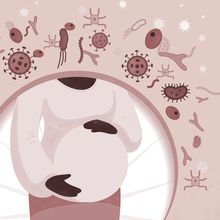
Modulating Immunity to Improve Pregnancy Outcomes
Tobias R. Kollmann, Arnaud Marchant, and Sing Sing Way | Nov 14, 2022 | 10+ min read
Aberrant immune activation, the main cause of prematurity and stillbirths, could be preventable through interventions such as maternal vaccination.
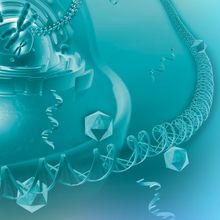
Do Epigenetic Changes Influence Evolution?
Katarina Zimmer | Nov 1, 2022 | 10+ min read
Evidence is mounting that epigenetic marks on DNA can influence future generations in a variety of ways. But how such phenomena might affect large-scale evolutionary processes is hotly debated.
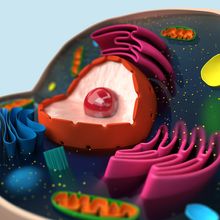
The Long and Winding Road to Eukaryotic Cells
Amanda Heidt | Oct 17, 2022 | 10+ min read
Despite recent advances in the study of eukaryogenesis, much remains unresolved about the origin and evolution of the most complex domain of life.
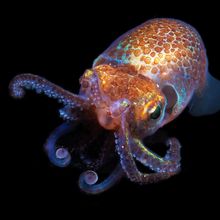
Symbiotic Organs: Extreme Intimacy with the Microbial World
Catherine Offord | Oct 3, 2022 | 10+ min read
All multicellular creatures interact with bacteria, but some have taken the relationship to another level with highly specialized structures that house, feed, and exploit the tiny organisms.
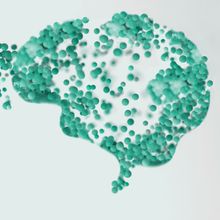
The Noncoding Regulators of the Brain
Christie Wilcox, PhD | Sep 12, 2022 | 10+ min read
Noncoding RNAs are proving to be critical players in the evolution of brain anatomy and cognitive complexity.
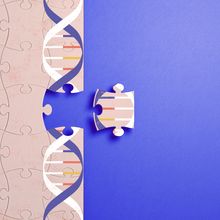
Large Scientific Collaborations Aim to Complete Human Genome
Brianna Chrisman and Jordan Eizenga | Sep 1, 2022 | 10+ min read
Thirty years out from the start of the Human Genome Project, researchers have finally finished sequencing the full 3 billion bases of a person’s genetic code. But even a complete reference genome has its shortcomings.
